Hair and Hairstyling
Free Blond
The "Free Blond" advertising gimmick.
Los Angeles Times - Aug 28, 1966

Spokane Chronicle - June 8, 1964

Rapid City Journal - May 12, 1964
Posted By: Alex - Sun Jun 16, 2024 -
Comments (0)
Category: Advertising, 1960s, Hair and Hairstyling
World’s Widest Wig
At what point is a wig no longer a wig?More info: upi.com

Posted By: Alex - Thu May 30, 2024 -
Comments (4)
Category: World Records, Headgear, Hair and Hairstyling
Bad Wig Bandits
Bad hairpieces are a definite theme for bank robbers. The first such I find is from the 1950s. The latest is from 2020. When will the next Bad Wig Bandit strike?The newspaper piece below was too long to reproduce in its entirety, but you can read about Frank Sprenz here.

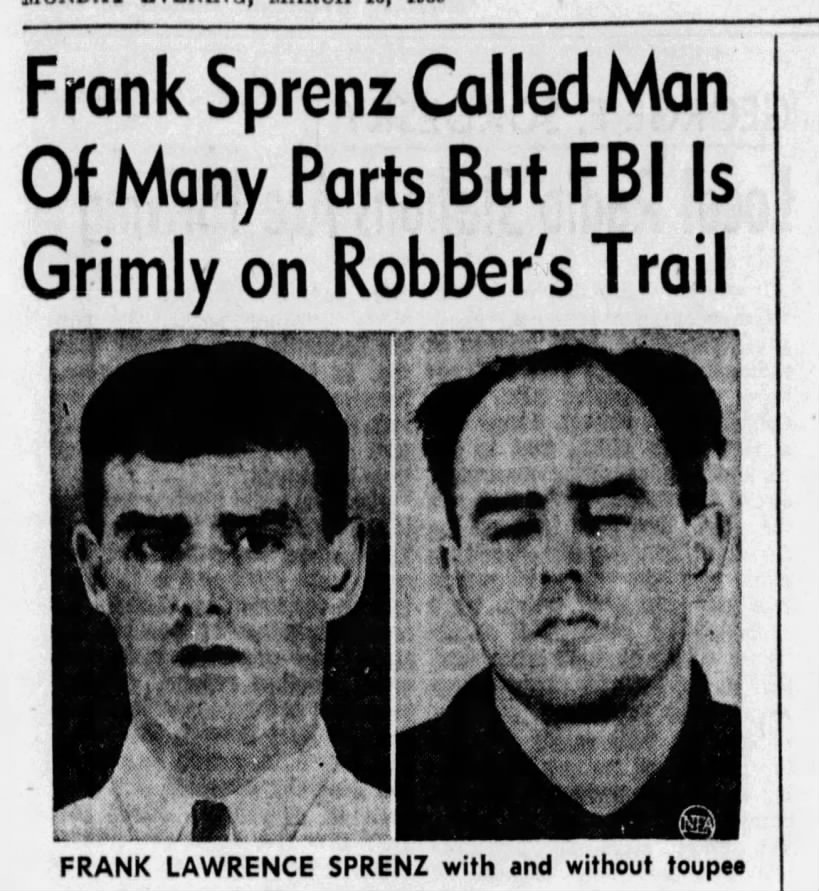
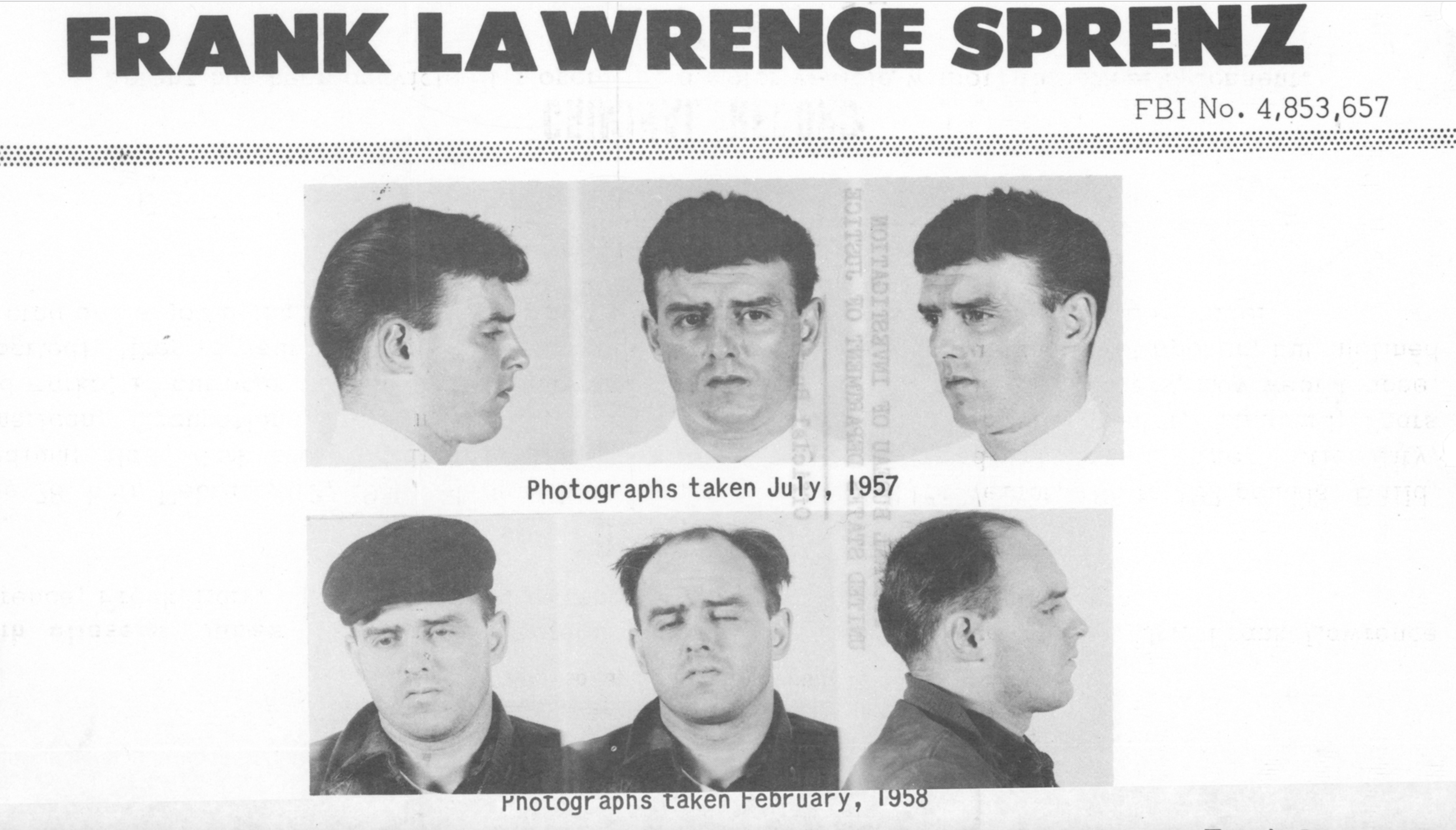

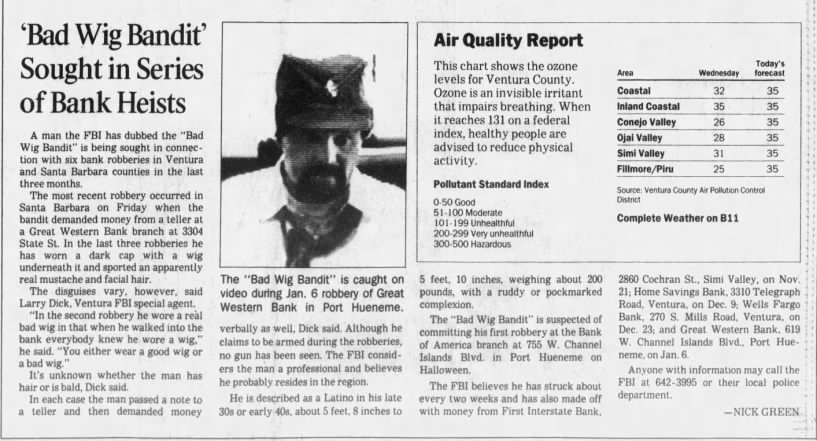



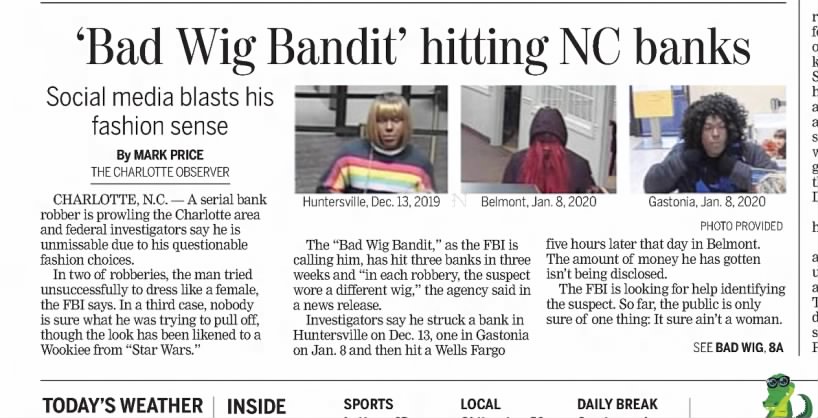
Posted By: Paul - Tue Feb 27, 2024 -
Comments (0)
Category: Stupid Criminals, Twentieth Century, Twenty-first Century, Hair and Hairstyling
The Sony SmartWig
Sony was granted a patent for its "SmartWig" in 2016, but, to date, it doesn't seem to have brought the device to market.The idea was that a person could pair their smartphone with the wig and then receive "tactile feedback" (such as a vibration) when they received a text or email.
But that was just the tip of the iceberg. The SmartWig had many more potential uses, such as the following:
I imagine it would be a lot more difficult to aim a laser pointer with your head rather than your hand. Not to mention it would look bizarre.
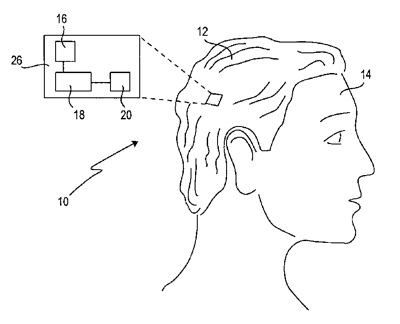
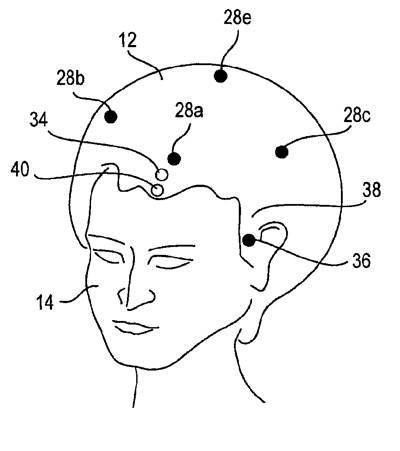
#40 represents the possible location of a laser pointer
Posted By: Alex - Sat Feb 24, 2024 -
Comments (1)
Category: Technology, Patents, Hair and Hairstyling
The Electric Hairbrush and Comb of Hugo Gernsback
One of the fathers of modern science fiction once came up with this.Tip o' the hat to Steve Davidson, current proprietor of Amazing Stories.
Full patent here.
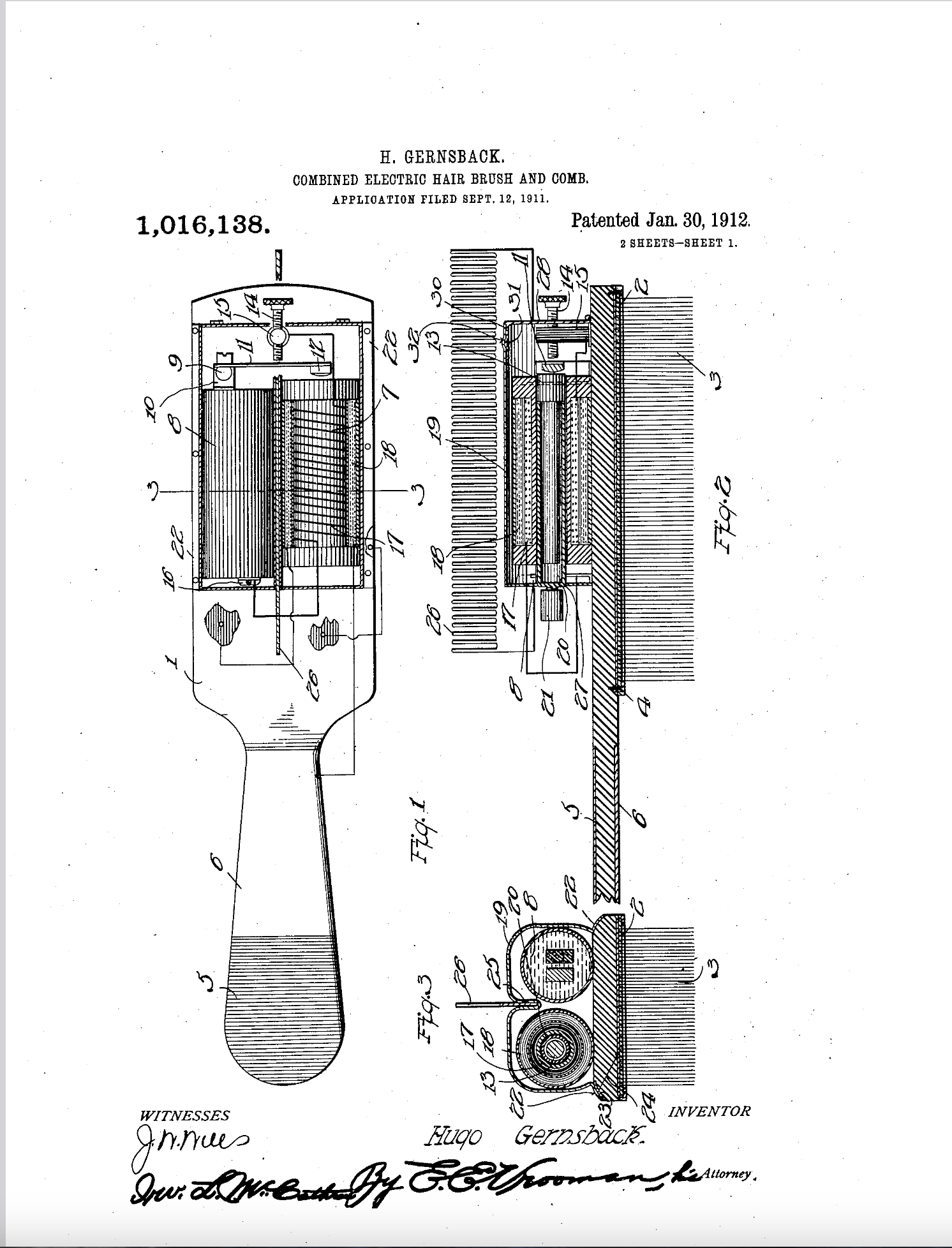
Posted By: Paul - Wed Dec 27, 2023 -
Comments (0)
Category: Magazines, Patents, Science Fiction, 1910s, Hair and Hairstyling
How to brush your hair
I showed this to my wife and she said that when she was a teenager she used to brush her hair like this. So maybe it's something that looks weird to men but is familiar to women.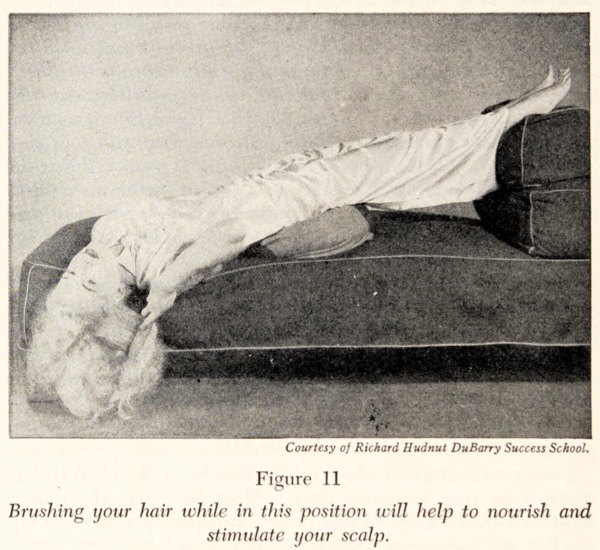
source: Mildred Graves Ryan, Clothes For You (1954)
Posted By: Alex - Sun Nov 05, 2023 -
Comments (0)
Category: Hair and Hairstyling
Cocoaine for the hair
I'm sure cocaine would soothe an irritated scalp, but I can't imagine why it would cure dandruff.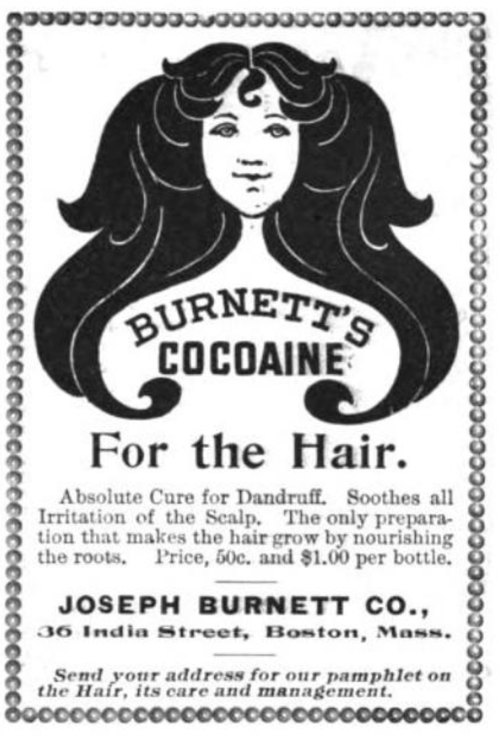
Posted By: Alex - Sun Jul 30, 2023 -
Comments (2)
Category: Drugs, Nineteenth Century, Hair and Hairstyling
To laugh at Percy isn’t fair
I wouldn't laugh at Percy, but I would wonder why he looks like a mannequin. See the uncanny valley effect.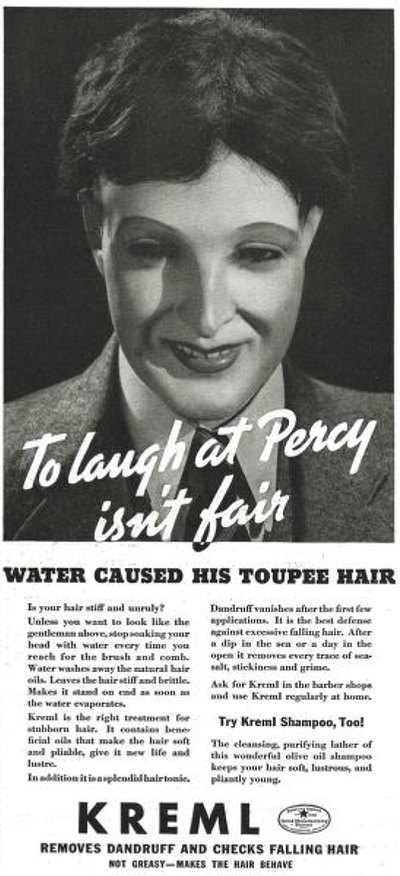
Hearst's International-Cosmopolitan - Aug 1936
Posted By: Alex - Sat Feb 25, 2023 -
Comments (2)
Category: Advertising, 1930s, Hair and Hairstyling
Miss America Gets a Permanent Wave
Norma Smallwood's victory in the 1926 Miss America contest was widely credited to her long, straight hair, which was widely admired. So it made news when she decided to get a permanent wave. It also made an unusual photo.Standing with her, below, was Charles Nessler, inventor of the permanent wave machine. (More info about him here.)
I haven't been able to find any photos showing what she looked like after getting the permanent wave. In fact, in all the later photos her hair still seems very straight. Perhaps she didn't like the result.
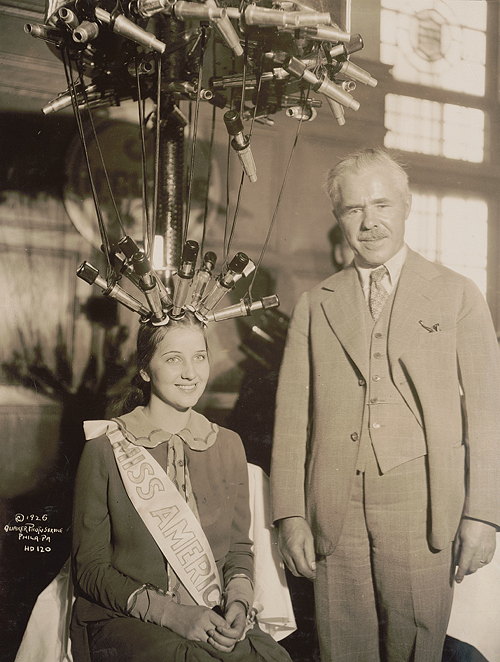
source: Library of Congress
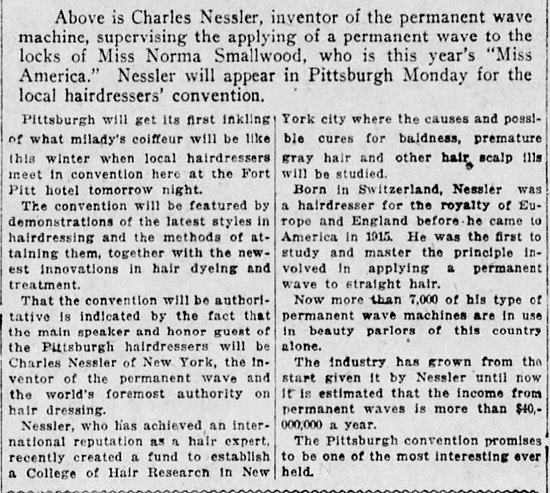
Pittsburgh Press - Oct 17, 1926
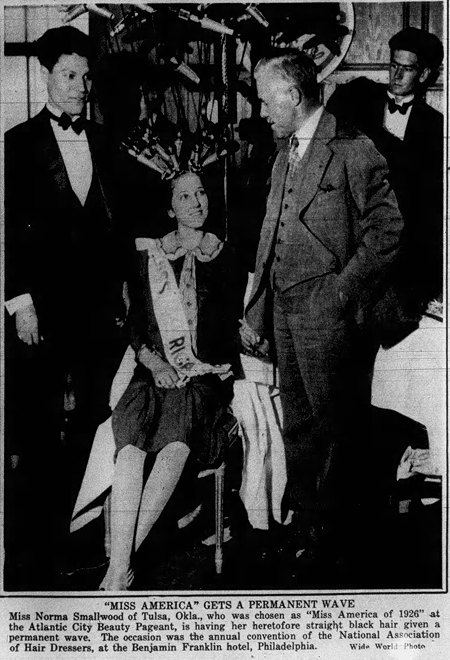
Minneapolis Journal - Oct 3, 1926
Posted By: Alex - Fri Feb 17, 2023 -
Comments (1)
Category: 1920s, Hair and Hairstyling
Hair Rental—You know it makes sense
These hair rental ads ran for about five years in British papers. So I assume the company must have done decent business.I've heard of wig rentals, but for some reason the idea of toupee rentals seems weirder.

Sunday London Mirror - Mar 11, 1973
Posted By: Alex - Tue Dec 06, 2022 -
Comments (2)
Category: Business, Headgear, 1970s, Hair and Hairstyling

| Who We Are |
|---|
| Alex Boese Alex is the creator and curator of the Museum of Hoaxes. He's also the author of various weird, non-fiction, science-themed books such as Elephants on Acid and Psychedelic Apes. Paul Di Filippo Paul has been paid to put weird ideas into fictional form for over thirty years, in his career as a noted science fiction writer. He has recently begun blogging on many curious topics with three fellow writers at The Inferior 4+1. Contact Us |




